The Legend of Zelda: Tears of the Kingdom is the follow-up to the amazing Breath of the Wild. It takes place several years after the events of BOTW, in (essentially) the same world. Of course, many things have changed. Many characters have aged and have different roles, and new problems have arisen.
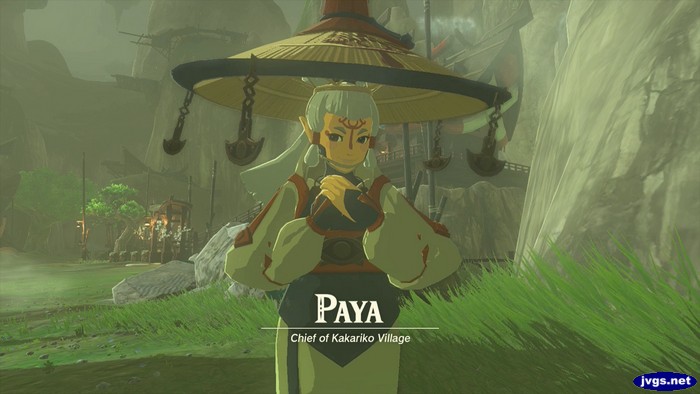
And of course, the world of Hyrule has some new additions. The most immediately obvious change is the addition of sky islands hovering high up in the air. The game starts out on one of them (Great Sky Island), and it functions like a tutorial area. Here you’ll learn the basic controls and many of your new abilities…which I’ll talk about shortly.
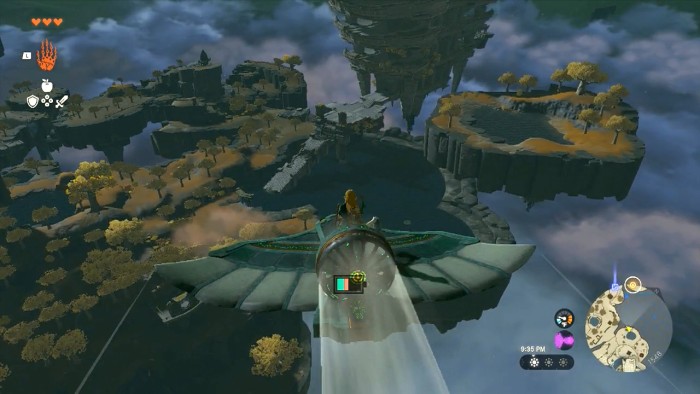
But the sky islands aren’t the only new places to explore; there are also the Depths. They exist far below the surface, and you’ll have to drop down into deep chasms to get there. The Depths occupy roughly the same amount of area as the surface, so it’s a huge, dark world down there.
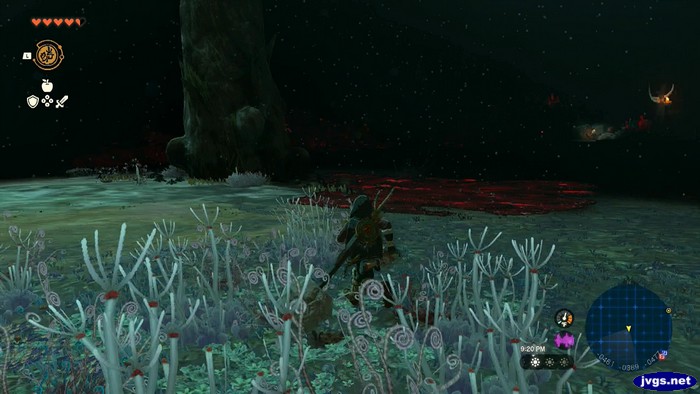
While you can lighten up the scenery eventually, the Depths still don’t have as much geographic variety as the land above. In fact, much of it is barren and monotonous. There are some hazards including “gloom” splatter, lava pits, and cliffs that you can not climb over. You will find an occasional abandoned mine or Yiga Clan base, but the Depths is mostly empty. It feels a bit like filler just to make the game twice as large.
Different Abilities
Most of Link’s rune abilities from Breath of the Wild are gone, but he has some new abilities to use instead. And a couple of them are similar to the old ones.
Ultrahand is probably the most significant new ability. At first, it resembles Magnesis in BOTW. But Ultrahand can be used a wide variety of objects, not just metallic things. And more importantly, Ultrahand can be used to attach objects such as logs and planks together to create structures like a ramp, a raft, or other vehicles. You’ll find wheels, steering sticks, hot-air balloons, and other Zonai devices throughout the land.
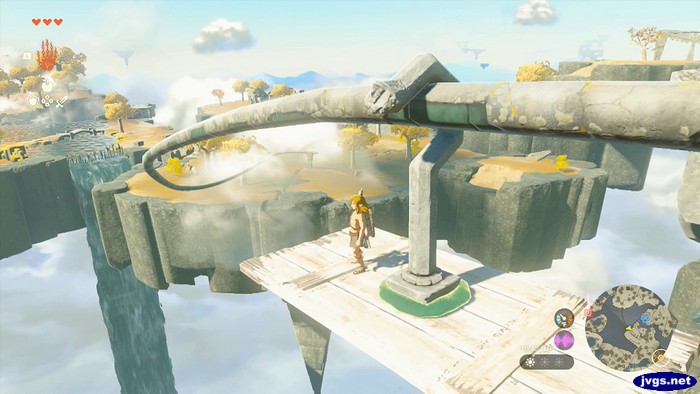
The Ascend ability lets you travel upward through ceilings and overhangs, seemingly swimming through even solid stone, to quickly reach high places. The ceiling must be relatively close above your head for you to use Ascend, though. But this ability saves a lot of time you would’ve spent climbing. Very helpful.
The Recall ability is somewhat like Stasis from BOTW, but it doesn’t just stop an object in time; it reverses it. So if an enemy throws a bomb at you, you can use Recall to send the bomb right back to the enemy! This can sometimes be used to undo a blunder if you’re quick enough. It can be very helpful in certain situations, but you probably won’t use it as much as Ultrahand or Ascend.
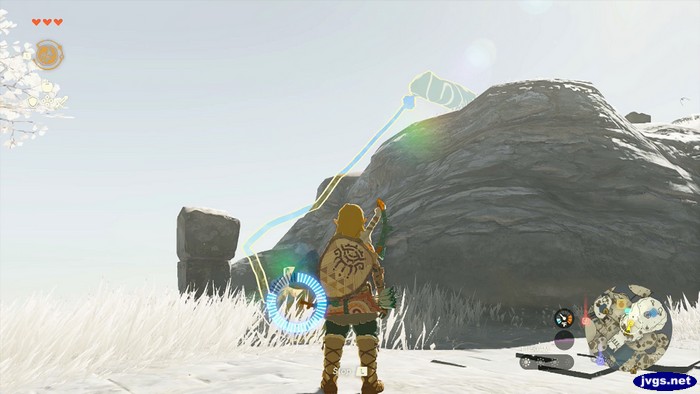
Fuse is an ability that can fuse two objects together. Pick up a sharp monster horn? Fuse it to a stick to create a new weapon, or increase an existing weapon’s attack power. Find a rocket? Fuse it to your shield and use it to quickly launch yourself into the air. There are lots of possibilities.
You can also obtain some special powers from the sages, much like the Champions’ powers in Breath of the Wild. But one thing I found amusing is that in BOTW, you were assisted by ghosts of dead Champions. In Tears of the Kingdom, most of the sages are still alive. And yet you have ghost-like clones of them somehow, and they can physically fight alongside you. They can be very helpful, but it doesn’t make a lot of sense logically.
Vehicles
The Ultrahand ability I mentioned above opens up a new avenue for creativity. Using objects and devices found in the game, you can create all sorts of things…including vehicles. At the most basic, you can attach some logs to make a simple raft. But you can also create cars, boats, hovercrafts, flying machines, and more. Getting around Hyrule is easier, quicker, and more fun in this game.
I know the idea of having to build contraptions from scratch doesn’t appeal to everyone. But it’s really not that bad. The vast majority of the time, a simple creation will suffice. And you can learn a new ability that speeds up the process. You can then store your favorite creations and automatically build them again, and you can also find blueprints for new vehicles. But I assure you, this game can be thoroughly enjoyed even if you don’t want to spend the time to make elaborate creations.
Much to Do
Much like Breath of the Wild, Tears of the Kingdom has a lot to do. The game has five main temples (dungeons) to complete, along with three (optional) labyrinths. And of course, there are the shrines…152 of them, to be exact. There are also 18 memories to find, 20+ main adventures, 60 side adventures, 139 side quests, and 120 lightroots to activate (in the Depths). Oh, and 1,000 Korok seeds to find too. And that doesn’t count the many vehicle blueprints, special outfits from previous games, or the many treasure chests that are around every corner.
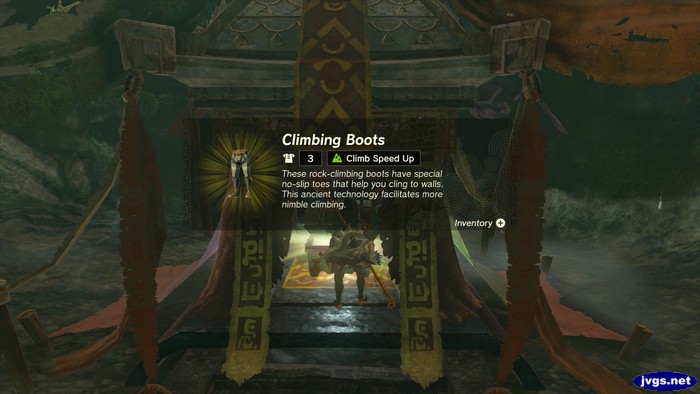
But for all of the content in the game, you’re not just searching blindly hoping you stumble onto something (like it sometimes felt in BOTW). There’s a method to the madness, and hints to guide you. For one thing, the 120 shrines on the surface line up with the lightroots in the Depths. So if you find one, you know where to look for the other.
The “Hero’s Path” mode can be unlocked to let you see where on the map you’ve already visited (and where you haven’t). And you’ll sometimes find treasure maps on sky islands that lead you to specific treasures in the Depths. So even though you may not know exactly where everything is, the game has tools to help narrow your search. I really appreciated that.
Other Improvements
Everything feels more polished, and many of the improvements are very helpful. When you open a treasure chest now, you have the option to drop an existing item to make room for it. Before, you had to close the chest, go to your inventory, drop the item, and then open the chest all over again. The process is streamlined now.
Every cave in the game has a bubbul gem to collect, and the map conveniently shows a check mark to let you know if you’ve found it. The sensor is less annoying, and will tell you if the item you’re seeking for is above/below you. And the Hyrule Compendium now has completion totals for each section; I used to count those up manually for my status updates in my BOTW blog entries. 
Overall
While the plot felt like standard fare for the most part, there was one key element of the story that really surprised me and captured my interest. (If you know, you know.) And that one twist alone made me more interested in the storyline than I typically am in a Zelda game.
Much of the gameplay is similar to Breath of the Wild, of course. And the fact that it takes place in the same world initially turned me off a bit. I wasn’t sure I’d like the game as much as BOTW. But as I progressed farther into the game, it gradually became clear to me that I was enjoying myself even more than I was in Breath of the Wild. BOTW is an amazing game, but TOTK is even a bit better. It is my new favorite Zelda game.
10/10
Want to buy Tears of the Kingdom at Amazon? (I may earn a small amount for qualifying U.S. purchases through that link.)
